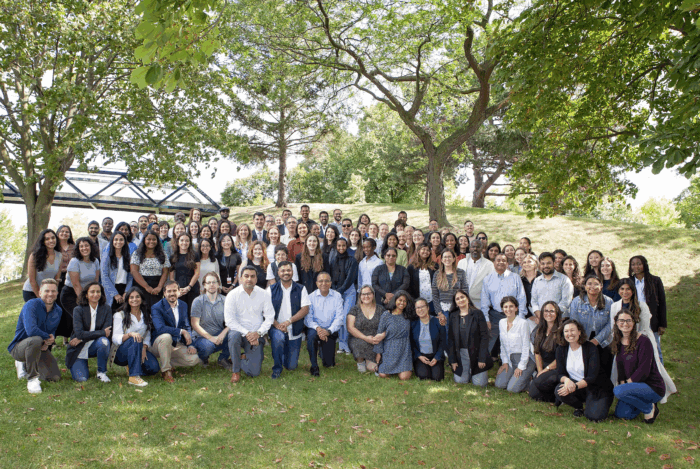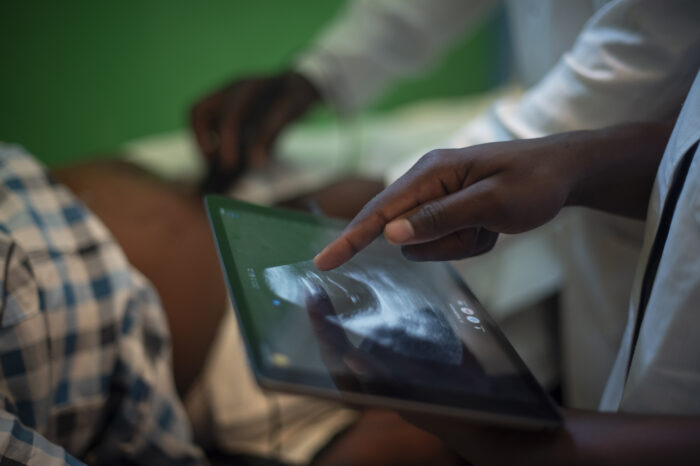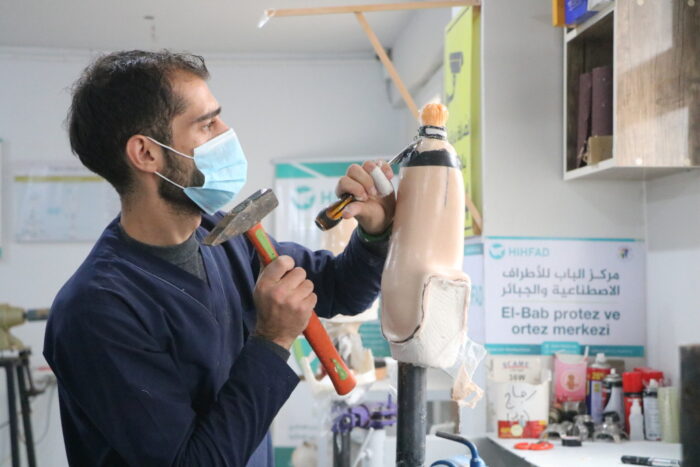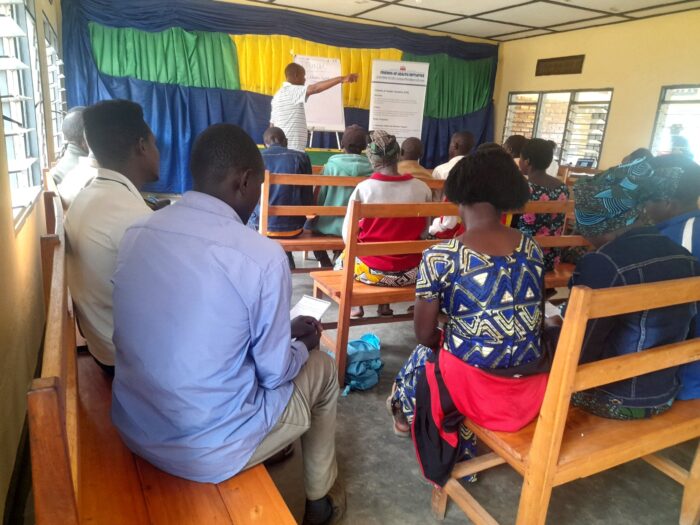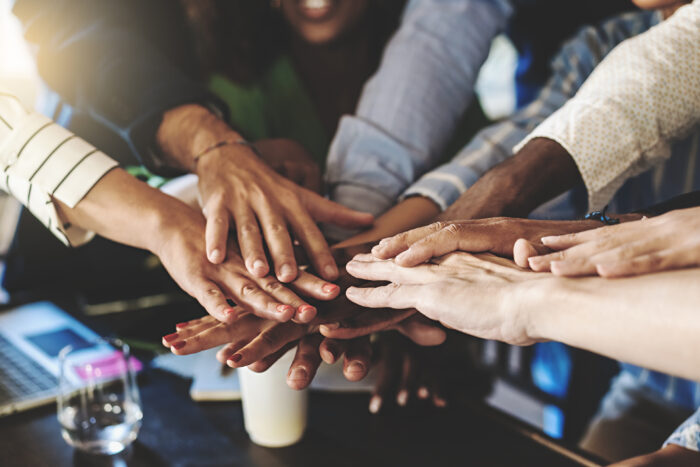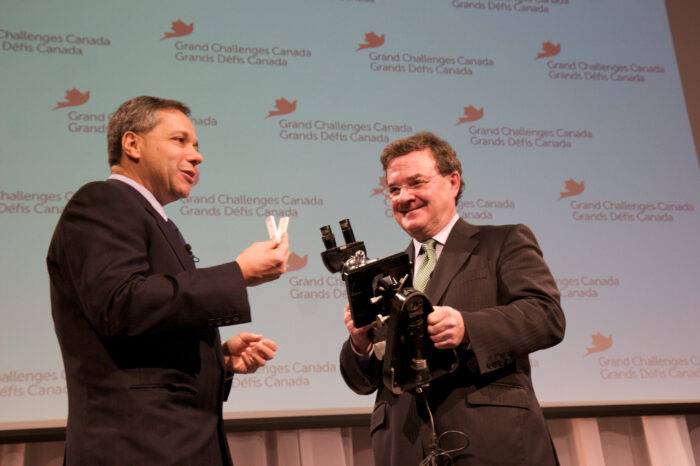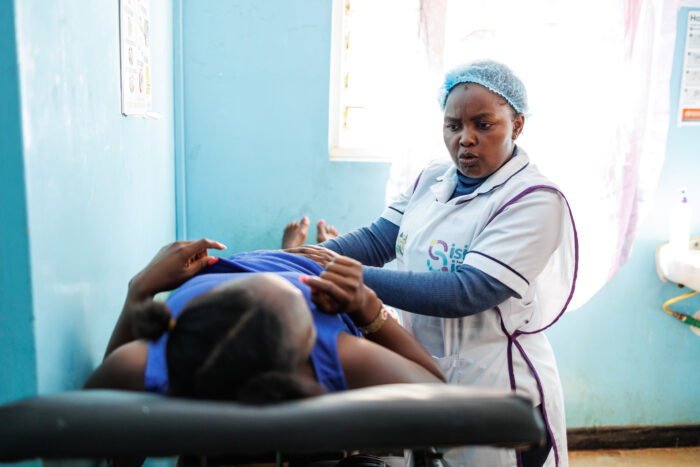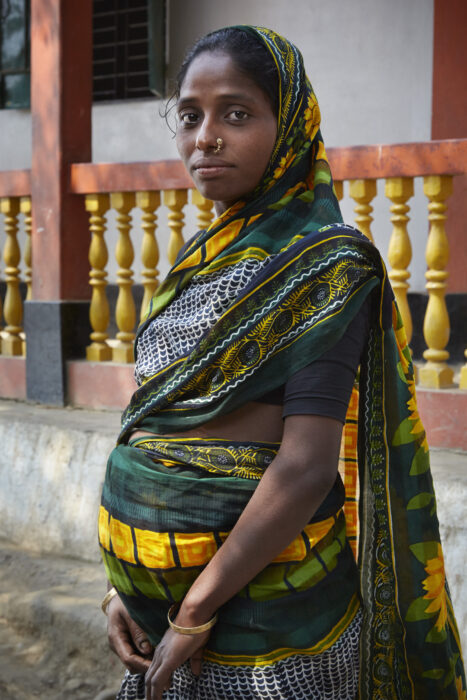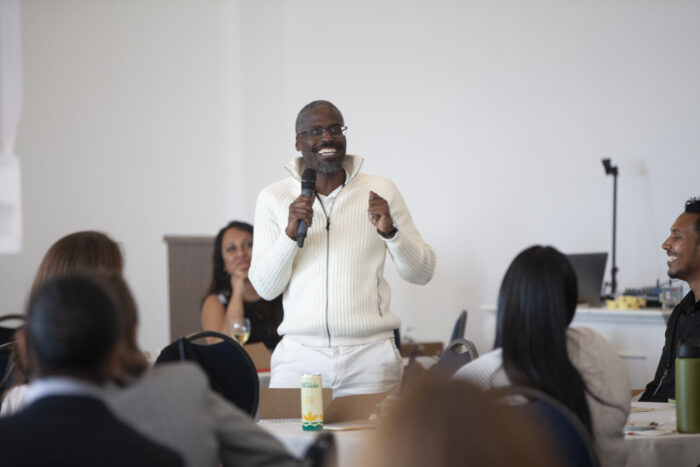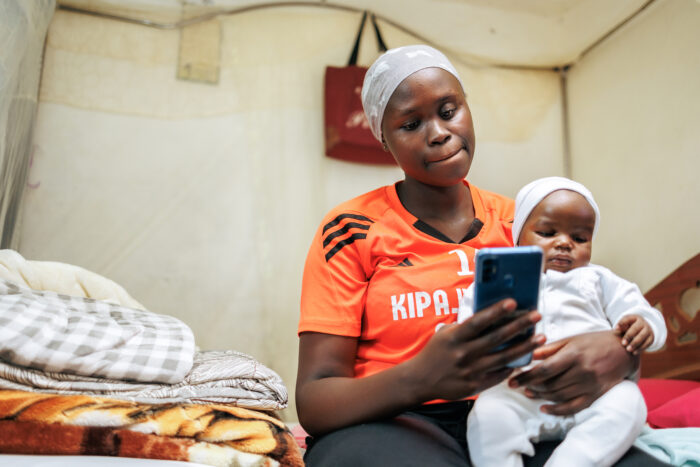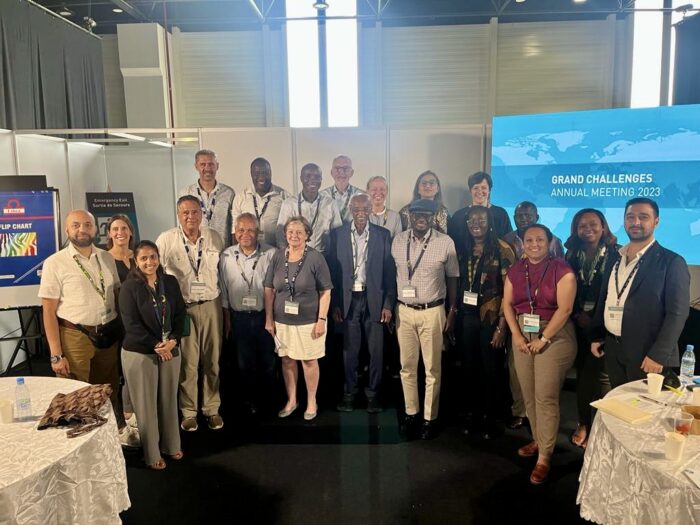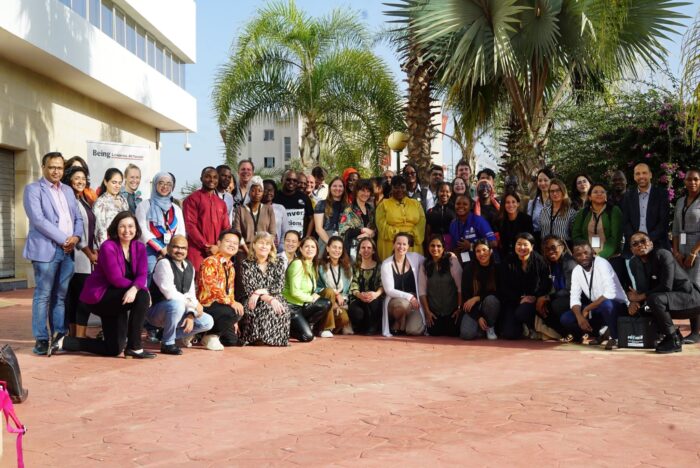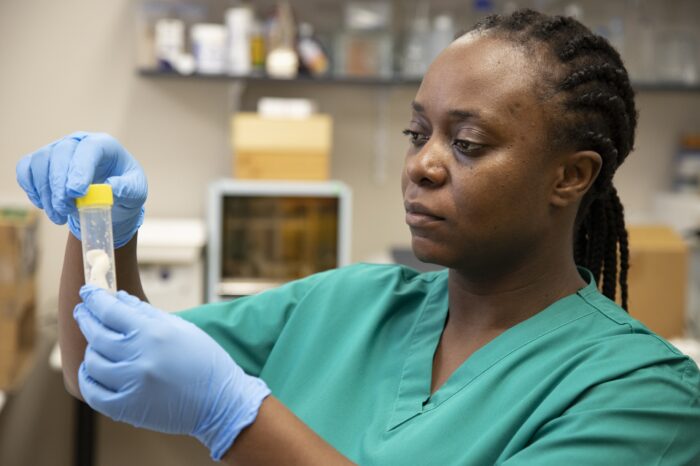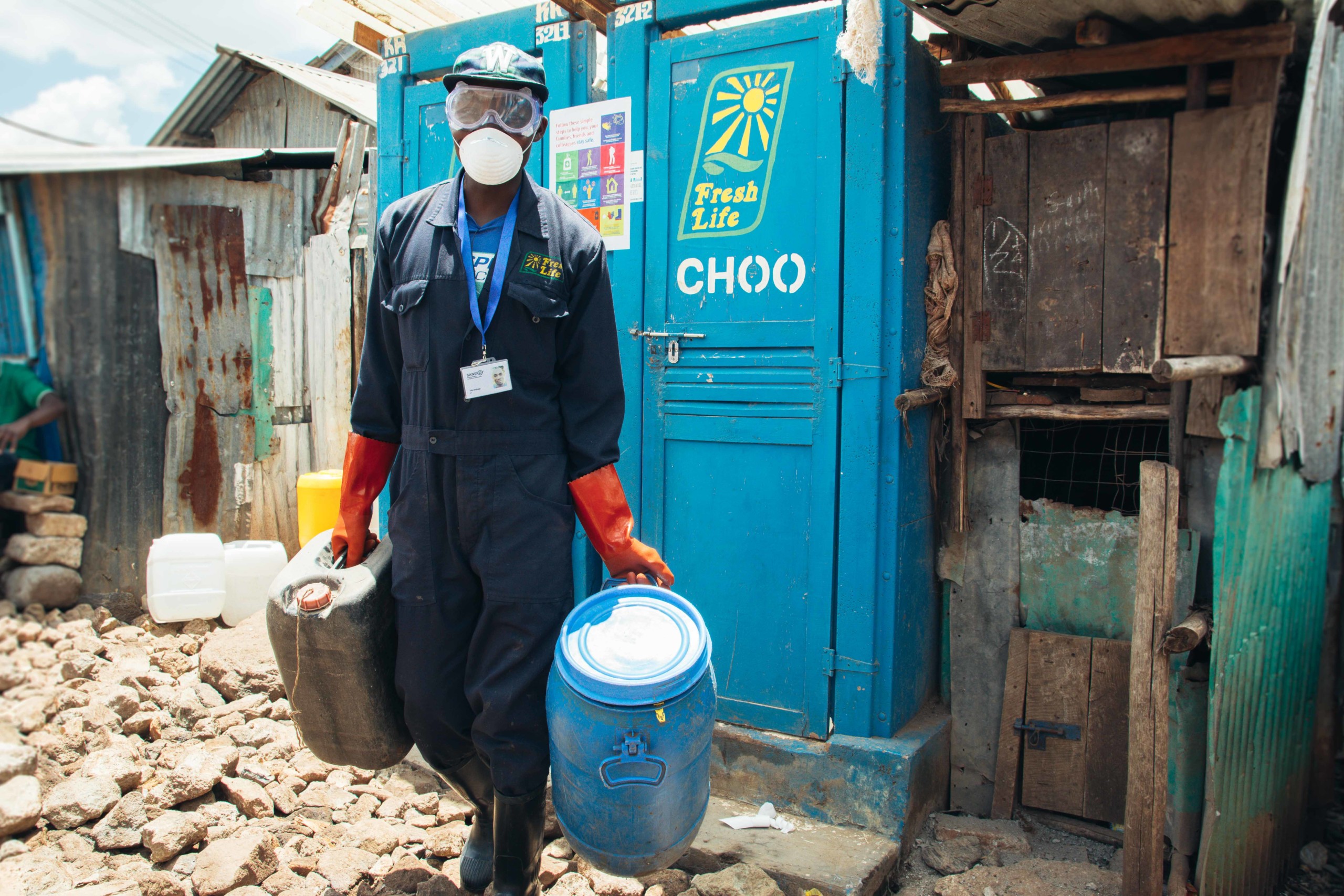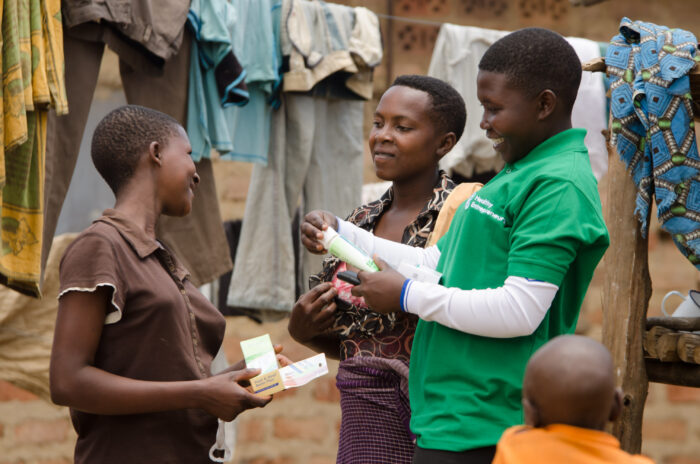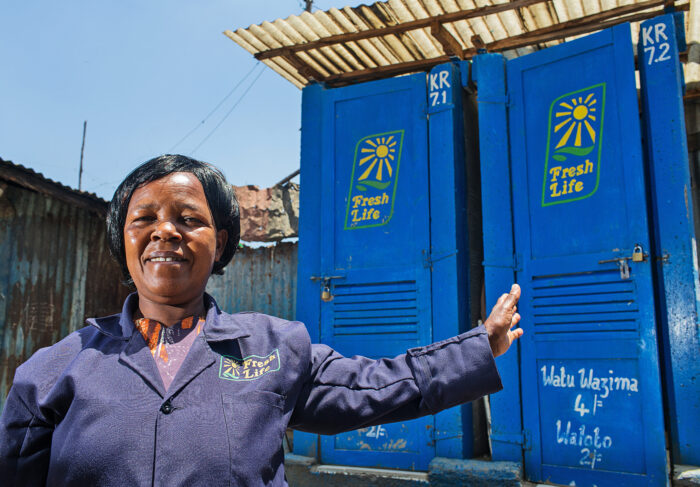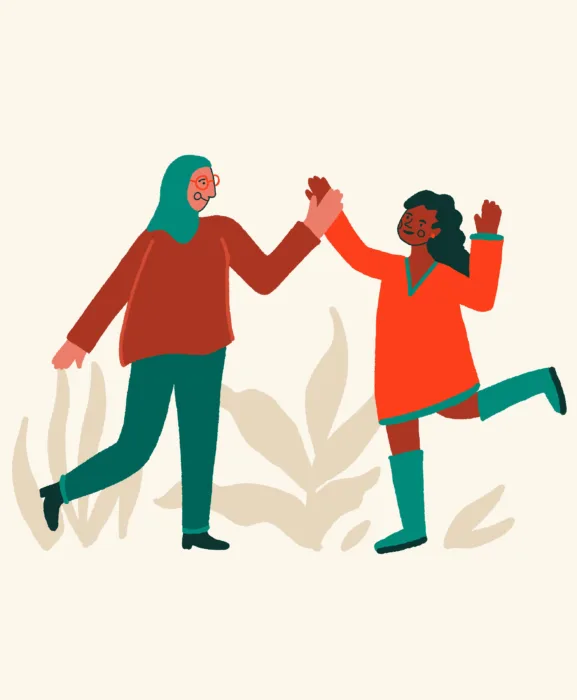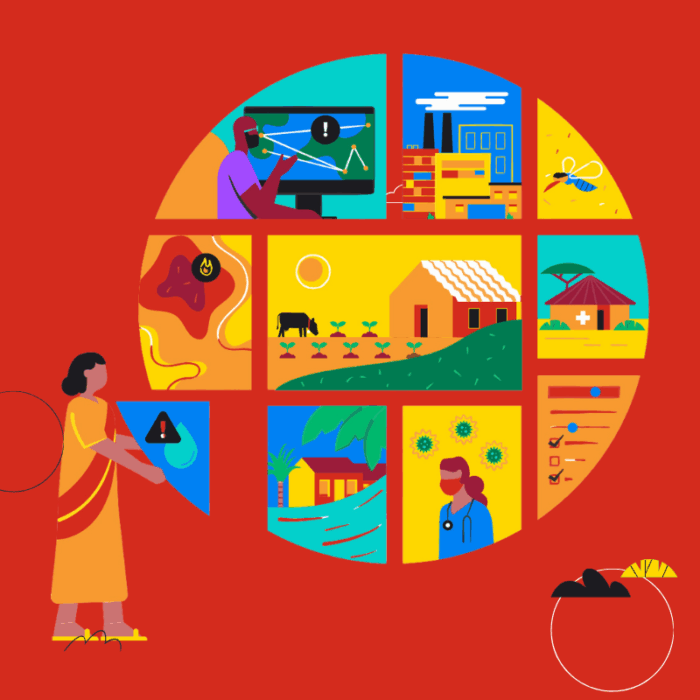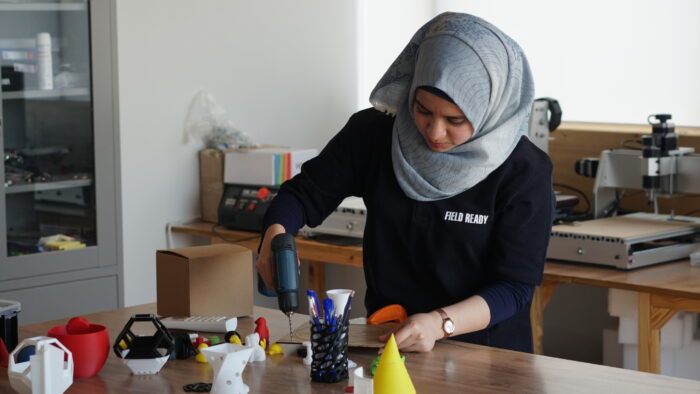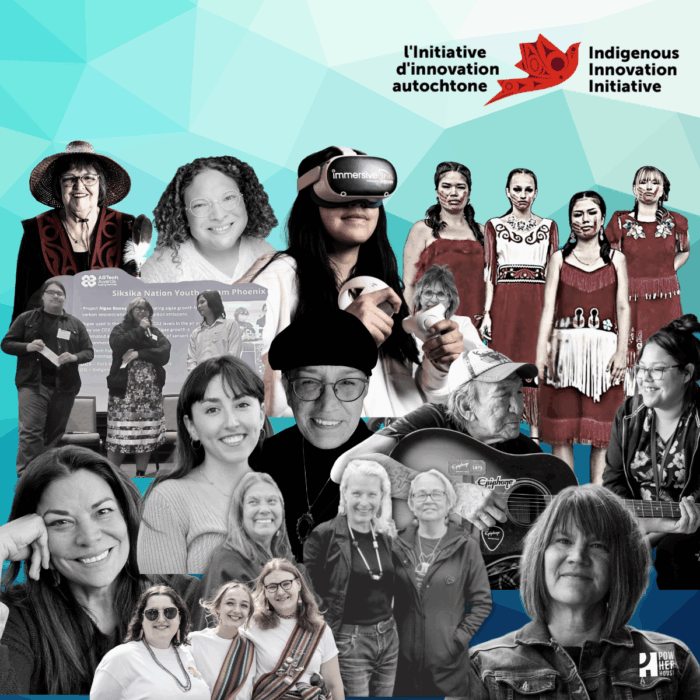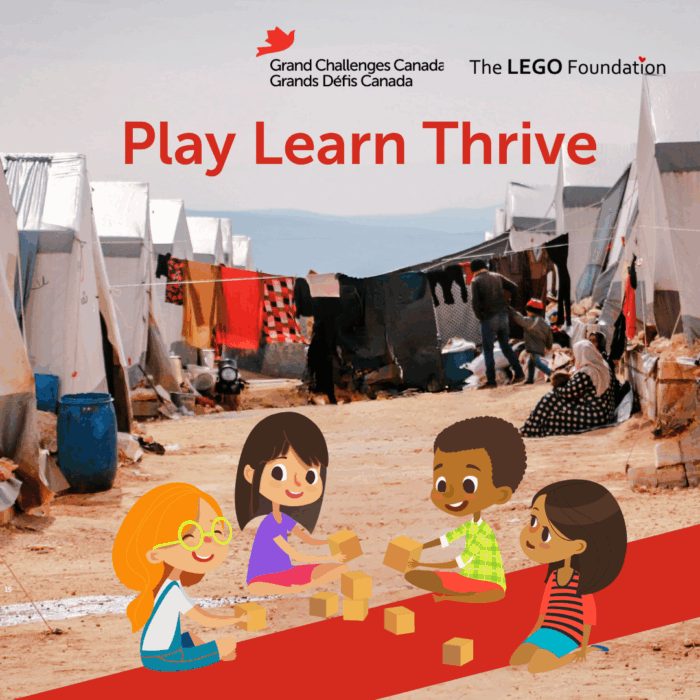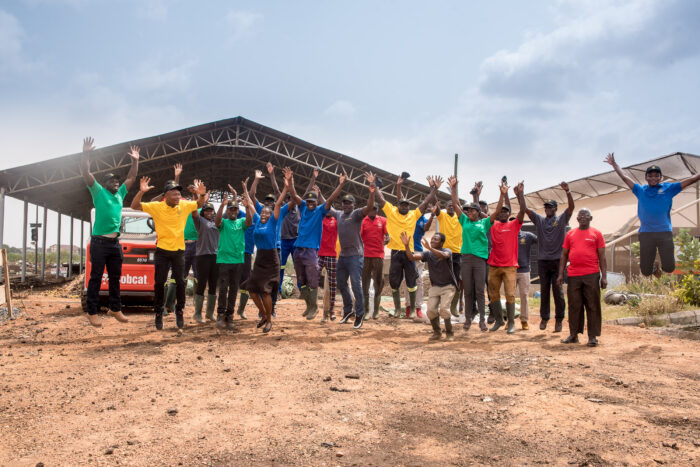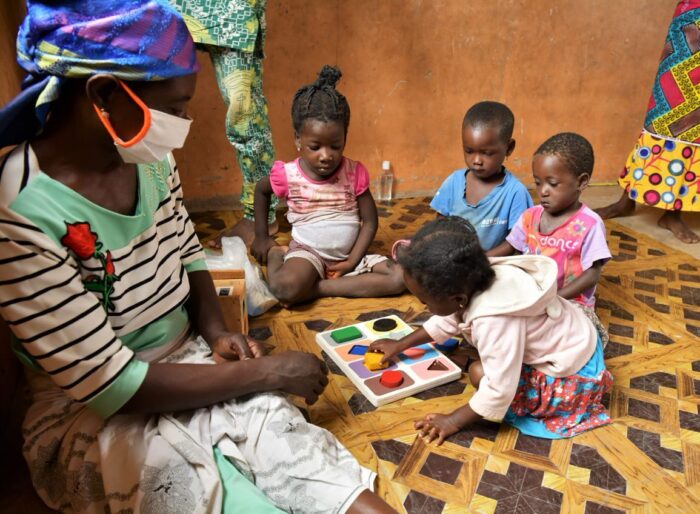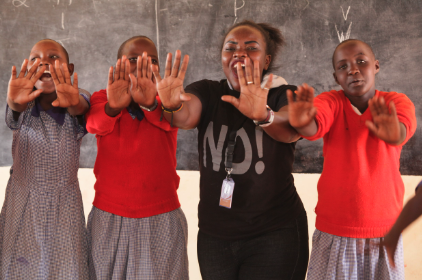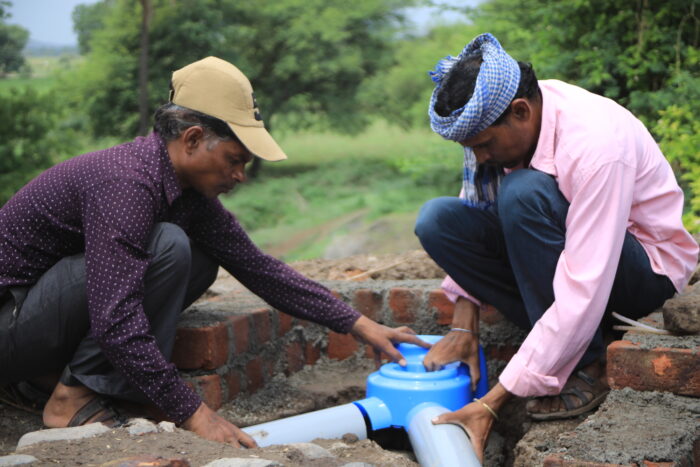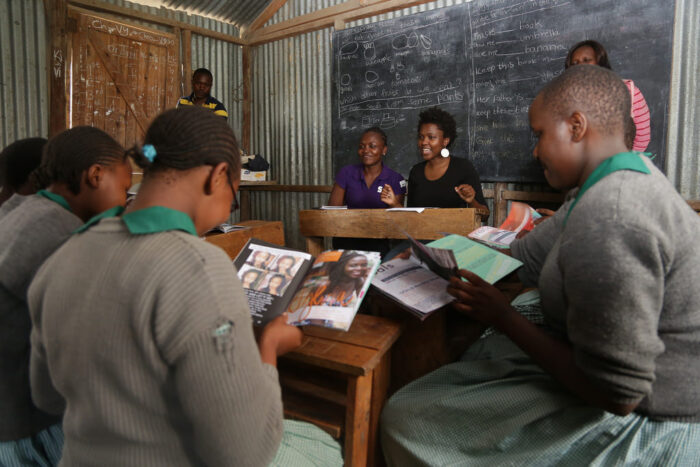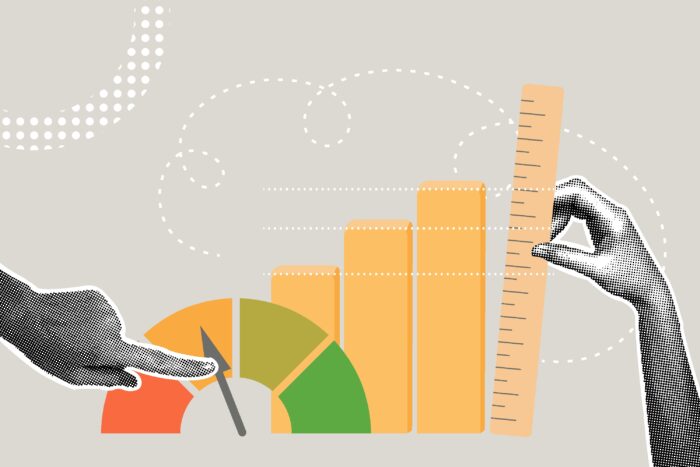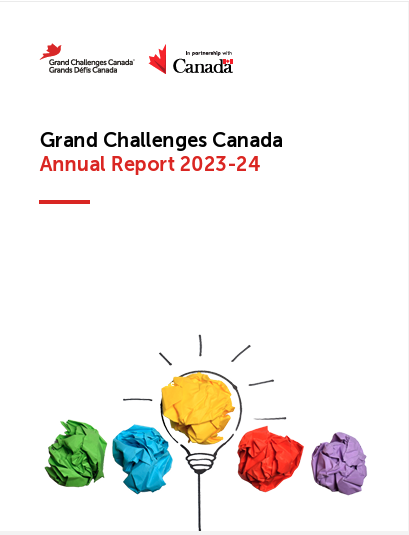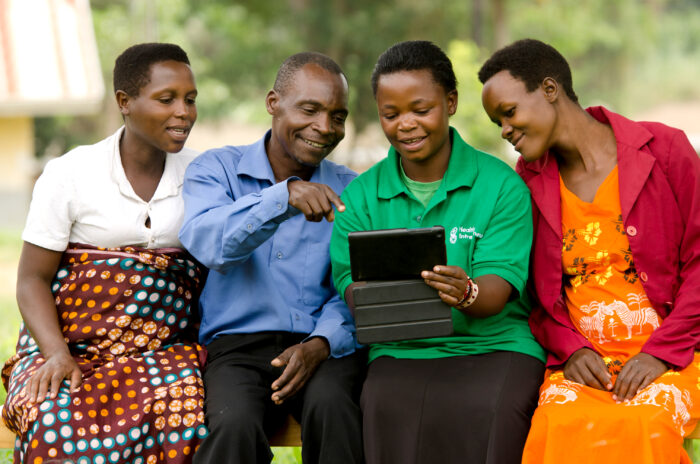By Andrew Foote, CEO & Co-Founder, Sanivation

One out of two people are living in communities where human waste is not safely managed, most often in low- and middle-income countries. While sanitation’s public and environmental health benefits are clear and abundant, access has not kept up with population growth.
A key barrier to scaling sanitation is relative cost and available funding: traditional sanitation is a big investment for low-income communities, which is hard for a government to bear when citizens are earning less than $5 per day. It is clear sanitation needs innovation, but while scale comes naturally to governments, innovation typically does not.
Sanivation, a social enterprise in Kenya supported by GCC, aimed to solve this problem. How can they make progress in sanitation? How can people with about 10 times less income than the average Canadian resident share in the same benefits of quality waste management?
After seven years of developing and designing their solution to integrate into the scaling apparatus of governments within East Africa, they recently achieved a significant milestone. Their novel treatment plant, which converts waste into renewable biomass fuels, has been publicly procured by a city on the coast of Kenya benefitting its 350,000 residents.
We invited Sanivation to share their journey to government scaling and its learnings.

In Africa, over 7,000 cities lack proper waste management systems meaning people often have no choice but to live in and drink water from an environment that is contaminated with waste. These cities represent a significant opportunity to partner with local governments.
Some people will say that innovation and government is an oxymoron. We beg to differ. We believe it’s the only way we’re going to see progress in sanitation. At a high-level, one of our biggest takeaways from working with the government is accurately summarized by two leaders in Spring Impact and VillageReach’s ‘The Journey to Scale with Government.’
“It’s less about transitioning a solution and more about government co-designing it from the start. When you approach it that way, the transition is sort of automatic…it increases the likelihood of sustainability and [government] taking on [a solution] in the long run,” said Nosa Orobaton of the Bill & Melinda Gates Foundation.
Dr Martina Lukong Baye, Cameroon Ministry of Public Health, added that “if you don’t think about sustainability and long-term government ownership from the beginning, everything will crumble after the pilot. Make sure to take the time, even though it requires patience.”
Similarly, we look at our learnings as a journey, delineated by the questions we asked ourselves at each phase. Below is our best attempt to simplify the bumpy path of building an innovative sanitation company that partners with local governments.
Phase 1 – Do and Prove the Unit Economics: Could we develop an innovation that had 1/5th the cost of traditional services to meet the needs of urbanizing cities?
We tested our innovative sanitation model at the household level, providing container-based toilets where waste was regularly collected and turned into charcoal briquettes. Low-income households paid monthly for this service.
While we honestly did not know if these new products would work, we started to see market uptake. The cost structure was less than 1/5th of traditional solutions, but the container-based toilets model and the briquette sales model have similar limitations for scale: both require selling directly to households. If we wanted to reach over one million people, we would have to make over one million sales. To complicate matters, low-income households often had the willingness but did not have the ability to pay the full cost of services.
Phase 2 – Develop Path to Market: Could we identify a clear viable path to market to reach over 1 million people?
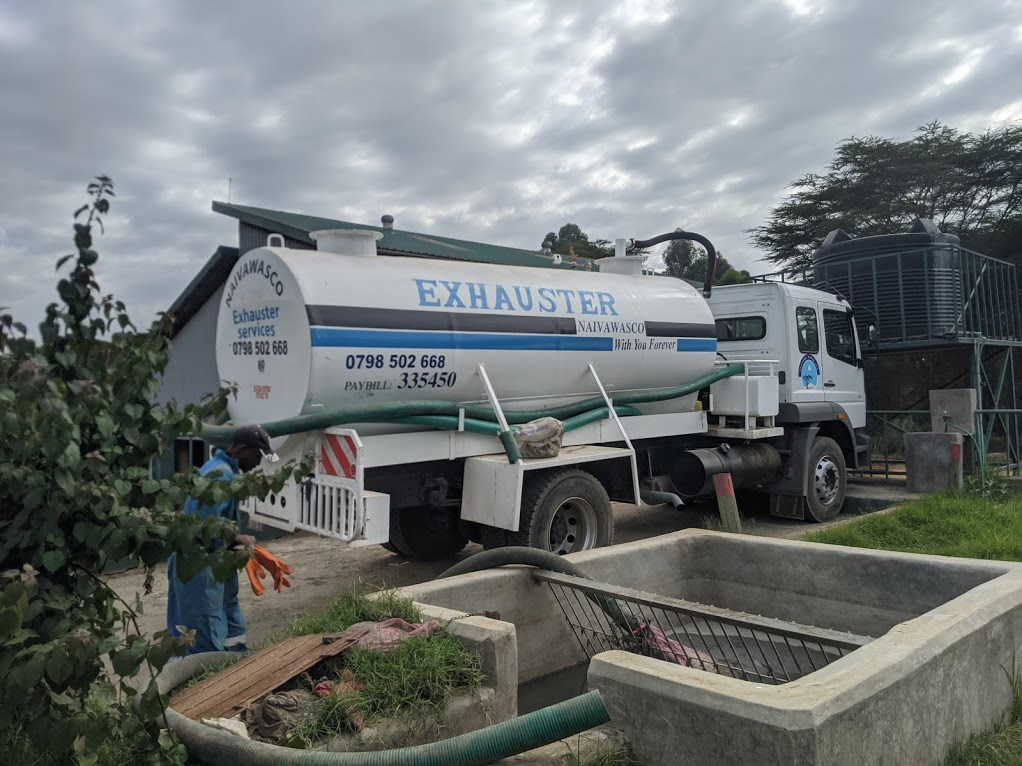
We wanted to serve low-income households, yet we were making low-income households bear the entire costs of this new type of service provision. Traditional approaches, like sewers, often have their capital costs subsidized by the government. We reassessed our mission statement – how to reach the maximum number of people with safely managed sanitation services – and realized inclusive sanitation is not possible without the government. By scaling and working with the government, we could serve entire cities, changing our replication unit to city rather than to household. This would significantly increase the number of people reached. We would also have the government apparatus on our side instead of competing against it.
As we shifted to local government as a customer, we investigated their specific challenges and redesigned our services to address them. Often, funding is available from the national government and international funding institutions, but the problem is a lack of well-structured and operationally sustainable projects to fund. Now, we help governments develop their priorities and then align projects that ensure operational sustainability without additional government funding for operations. For example, in our waste-to-value treatment plants, the revenue from the transformed waste into biomass fuels covers the operating costs of the plant. This incentivizes operations, prevents plants from becoming defunct, and averts a cost burden for local governments.
Phase 3 – Scaling partners and promoters: Could we build credibility, local champions, and an enabling environment for the solution to thrive?
This was a challenge: we pivoted our customers from households to governments, who care about different value propositions than households. We also had to determine within the government who would be our key customers as National Ministries often neglect sanitation until there is a project. Through our advocacy efforts it became clear that water utilities were about to have their mandates formally expanded to be responsible for sanitation. We now had our customer: public water utilities with a new mandate to provide sanitation services.
Though we knew to focus on water utilities as our key customers, we were still talking about novel solutions that most government leaders had never seen before. They would ask us questions like, “why isn’t this being done in ‘the West’?”
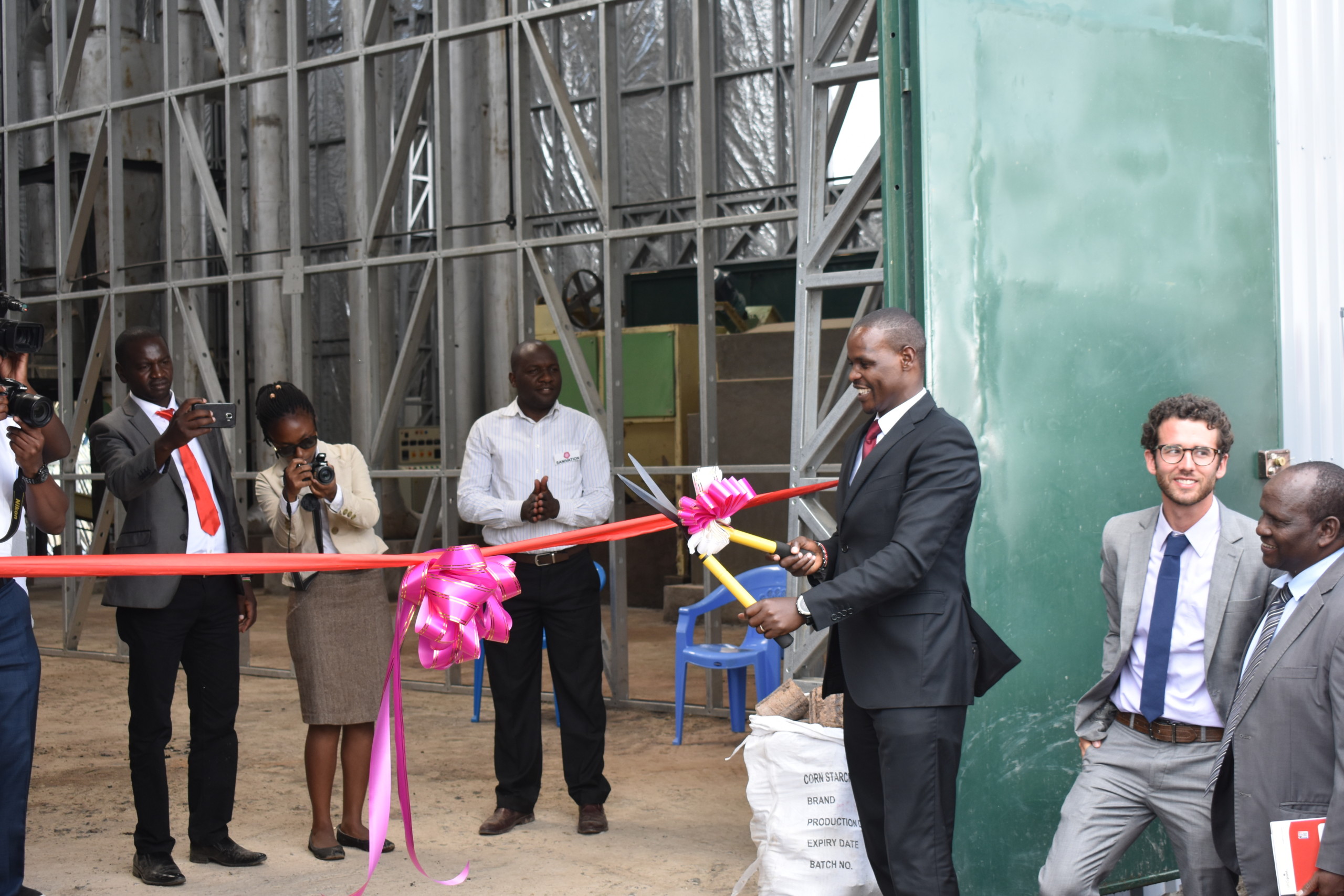
They wanted to see the innovation in action to believe its impact and sustainability. To “pilot” public infrastructure is challenging. It requires time, land, and buy-in from government partners and the impacts aren’t as tangible at a pilot scale. However, the local water utility in Naivasha decided to take the risk to work with us. From this bet, we were able to deliver on our clear value proposition: water utilities can improve their performance and financial sustainability when partnering with Sanivation.
Phase 4: Market integration & support: Could we integrate the innovation into traditional forms of procurement?
We are now seeing demand for the model we developed in Naivasha throughout Kenya and East Africa. However, governments and international finance institutions are appropriately risk averse to changing procurement mechanisms in order to adopt new infrastructure solutions. A similar hurdle was faced in the energy sector when adopting renewable energy production. While cost-effective and better for the environment, it was new and different. Since 1980, improvement in energy access has gone from 10% to 60% in Kenya. Now it is almost standard procurement for new energy projects to incorporate renewable energy and the private sector in design, build, and operate contracts. We believe that with the right support, we can instigate a similar catalytic shift to radically up-scale sanitation access and clean cities. It requires planning,
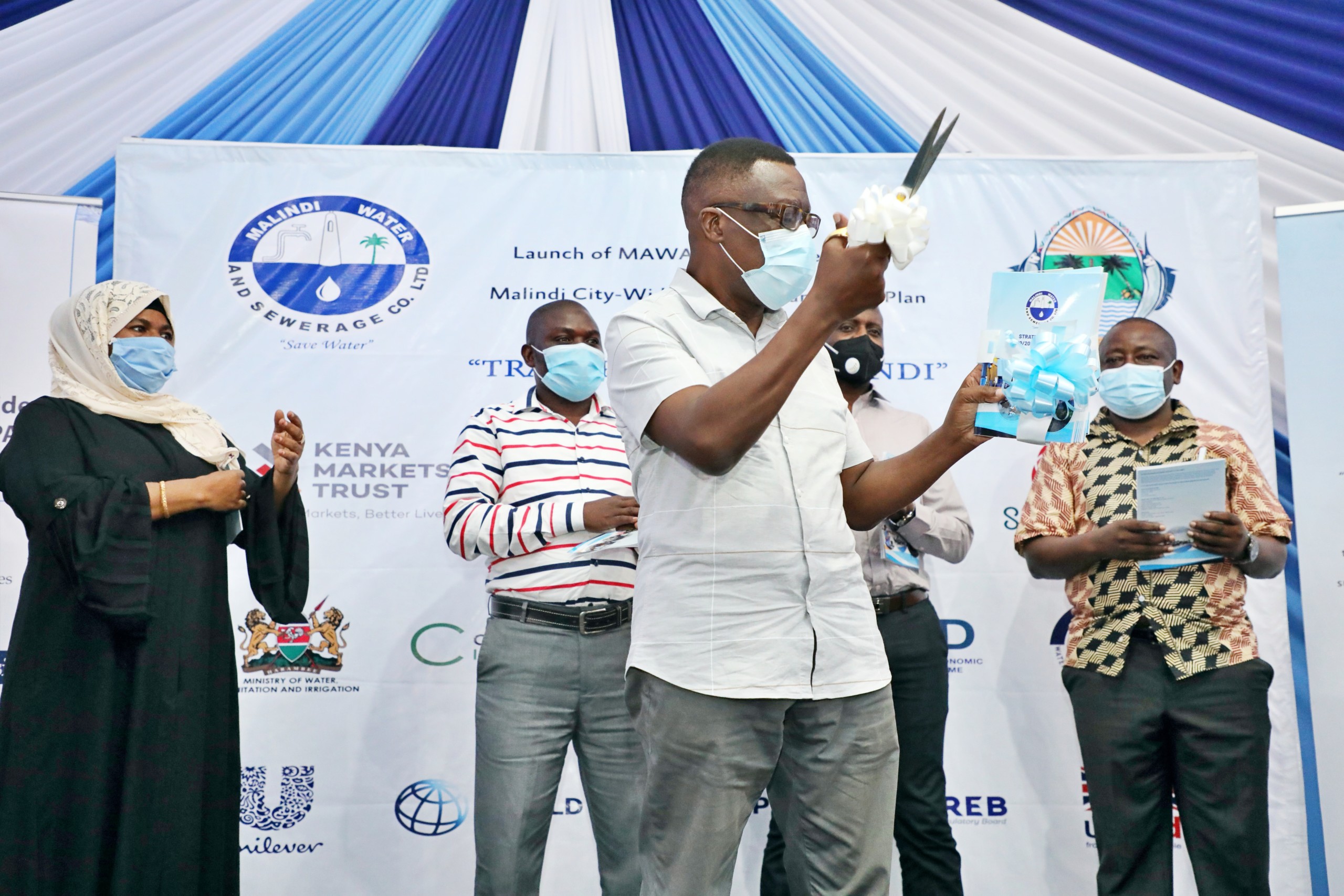
sensitizing, collaborating, and risk taking.
We have already seen an example of this shift in procurement mechanisms in Malindi, a coastal town in Kenya known for its beaches and tourism. Motivated by long-term operational sustainability, they changed their procurement plan from a waste holding facility to a waste-to-value treatment plants. The city will now have a plant that delivers inclusive sanitation for all residents and is sustained by the value from waste collected for years to come.
We are continuing our learning journey and see this article as part of the sensitizing process. We are also continuing to remind people of the opportunity that improving sanitation access presents for green growth and our blue planet. With Africa adding a population the size of France every two years, there is big opportunity to embrace innovative solutions and to learn from our lessons of how to work with the government for lasting impact.
